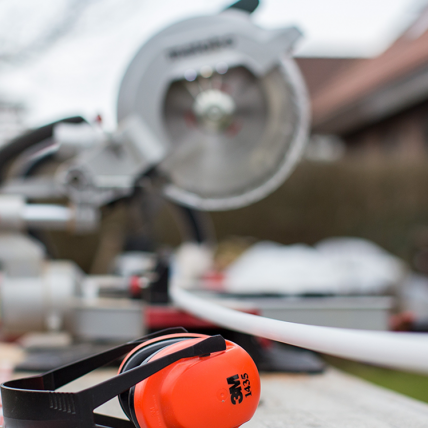Tips for Building or Remodeling for Wind Safety

It is important for homeowners to know how high winds work to better protect their homes. Wind can affect a home in four ways. The first way it affects a home is by uplift. When wind travels over the roof, it creates a lifting effect. Another way is racking, which means that wind creates pressure horizontally that can cause a home to tilt. Overturning is another way that wind affects a home. This happens when the home is not able to slide or rack. In some cases, this may result in a home's walls rotating off of the foundation. Sliding is the fourth way that wind affects homes. When wind creates horizontal pressure, it may cause the home to slide off of the foundation.
Always create a continuous load path for wind to flow. This is a type of construction that connects the roof and the house's foundation with a framing system. In most cases, the framing system is made from framing materials, fasteners, metal connectors and reinforced walls. The system both strengthens and connects the home's structural frame. If a home is constructed with a continuous load path for wind, it will stand up better to strong winds by channeling the pressure away from the home's exterior to the frame and toward the home's foundation. Building a home with a wind-resistant garage door is also an important consideration. Impact-resistant windows and storm shutters can further improve the home's defenses against strong winds.
Every homeowner should learn the building codes and enforcement procedures for his or her area. If there are any proposed or pending changes to the building codes that would make a home safer, homeowners should be aware of this. To determine if changes are pending, contact the local building department. Local resources can also help determine if a home is in a high-wind zone. While it is important to check with a builder for absolute verification on continuous load paths, it is also good to know that residential building codes require this for new structures.
Always research a builder or remodeling expert before agreeing to hire the individual or company. A good builder will know if a home is in a high-wind zone and will mention this. Conduct an interview with any prospective builders before signing a work contract. Ask questions about how the home can be improved and better protected against wind damage. For homeowners, it is possible to have the structure inspected by licensed inspectors or engineers for areas of improvement.
When the home is being built or remodeled, stay involved in the entire process. Every homeowner should be proactive about keeping updated with progress and identifying any concerns. It is especially important to visit the home and inspect it while it is being framed.
Upon completion, homeowners should verify that the home is built with a continuous load path using metal connectors between the foundation and the roof. Homeowners should verify that the roof decking has been securely nailed to the frame, and the roof should be connected to the home's top story with metal connectors in high-wind zones or hurricane ties in hurricane zones. The walls on each story should be connected. There should also be an adequate number of shearwalls on each level. Strap ties should be used to tie upper stories to lower stories, and walls should always be reinforced. Lastly, homeowners should ensure the floor of the home is securely attached to the foundation with an anchor bolt or mudsill anchors. To learn more about high-wind zones and

April 24, 2017
by
Brian Cook
Founder + Managing Partner

